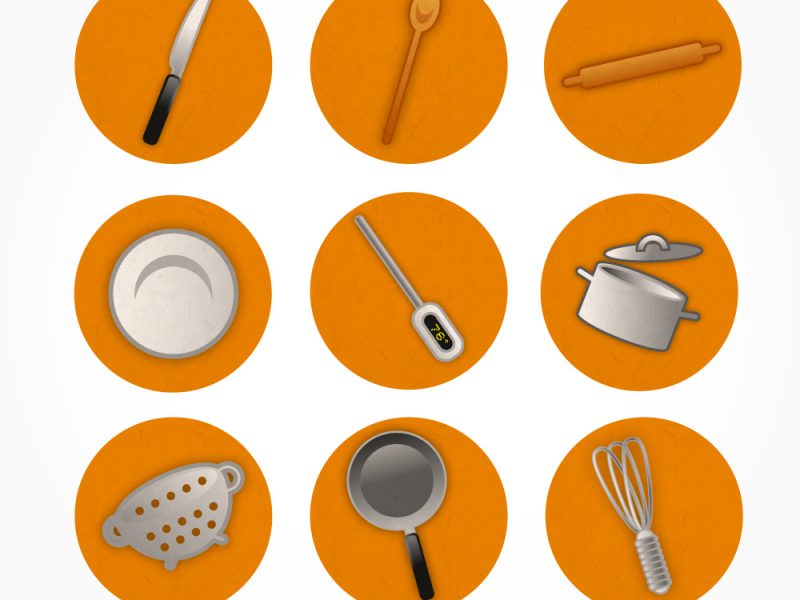The recipe by GoodGoing! for a successful resumè
For an effective CV (curriculum vitae - resumè), you need to follow the right recipe!
As with every recipe, the essential parts are:
1. The ingredients
2. The method used for the preparation
Plus, of course, the chef’s special touch!
 The recipe of GoodGoing! for a successful resumè
The recipe of GoodGoing! for a successful resumè 1. Ingredients
A CV (curriculum vitae, resumè) is a professional document that outlines your most relevant experiences in the business world. Writing a good CV, therefore, requires you to gather material about your career history. For example, you can draw up some tables and record information about the following aspects:
Companies: you’ve worked or still work for: you can record what the company does, the kind of market it operates in, which corporate group it belongs to, how large it is and so on.
Roles: you can outline your duties and responsibilities, your position within the company, as well as your relations with clients, suppliers and other stakeholders.
Achievements: you can think up and quickly describe a number of practical examples that highlight your qualities, the way you interpret your role within the company, your ability in dealing with clients and colleagues and how you achieve your goals.
Skills: you can sum up a number of skills you’ve acquired over the years and that you consider to be your distinguishing traits. For example, you can mention the style and attitude with which you approach your job, as well as the opportunities and difficulties that were presented to you by the market, yourself or your company.
Extra-professional activities: if you are passionate about a sport or committed to a charitable association, for instance, you might want to say that on your CV: it might well be what makes you stand out in the recruiter’s eyes!
So far, the recipe is more like a shopping list than anything else: you’ve defined and got hold of the ingredients you need, but you haven’t decided the quantities that must go in the mixture, or how to combine them.
2. Methods of preparation
There are different methods for preparing a good CV. Personal taste is the first criterion, of course, as it influences the quantities of the selected ingredients and other details, but it’s not the only factor. For example, there are three main CV formats:
1. The Europass CV
2. The classic chronological (or anti-chronological) CV
3. The functional or skills-based CV.
